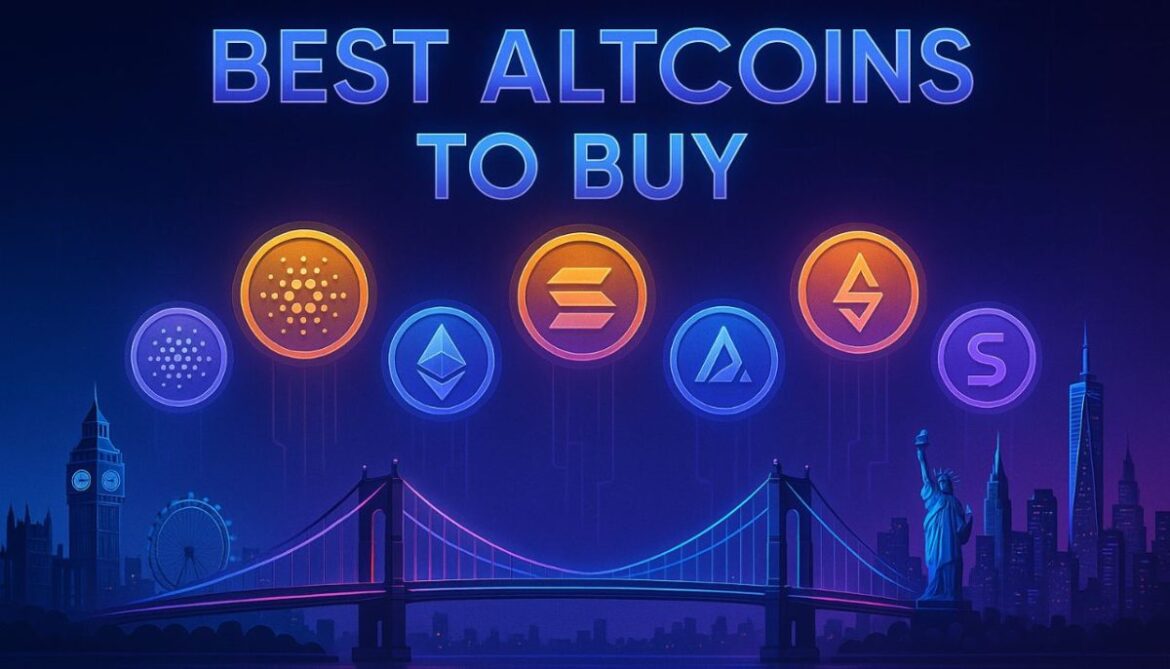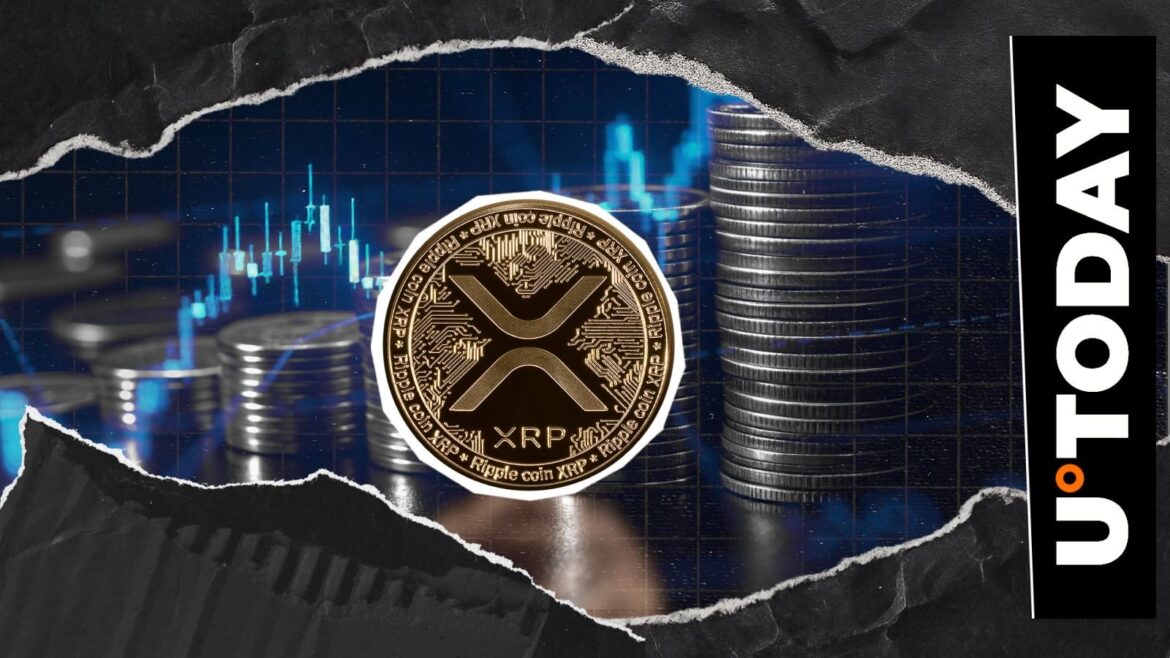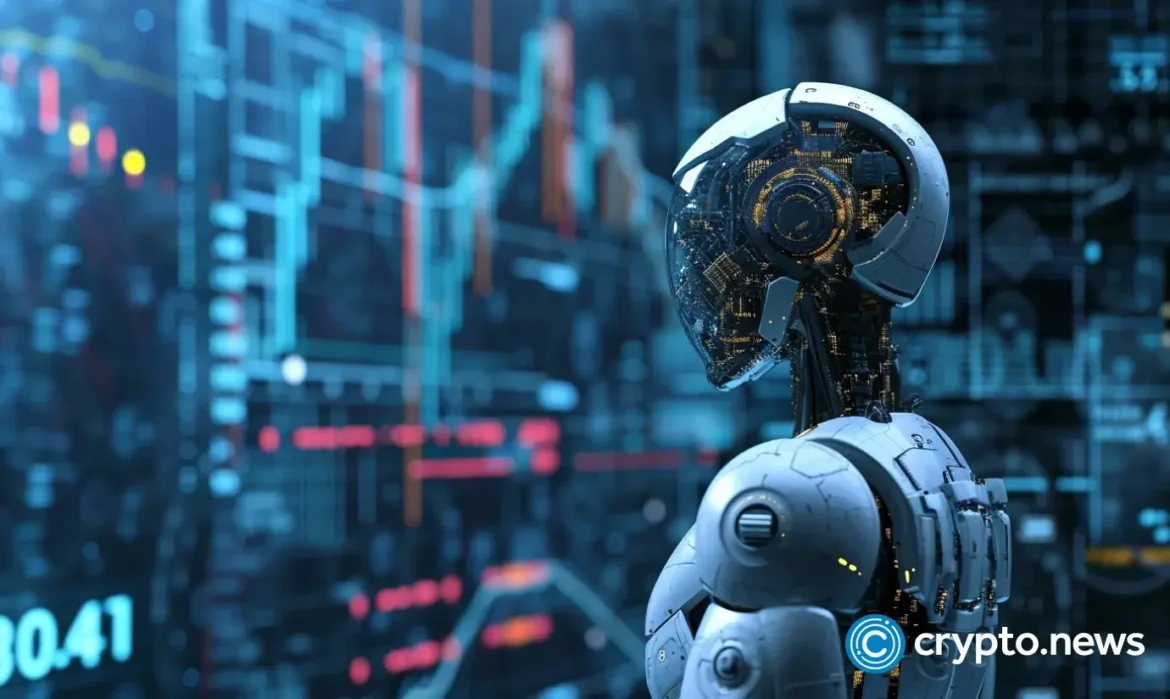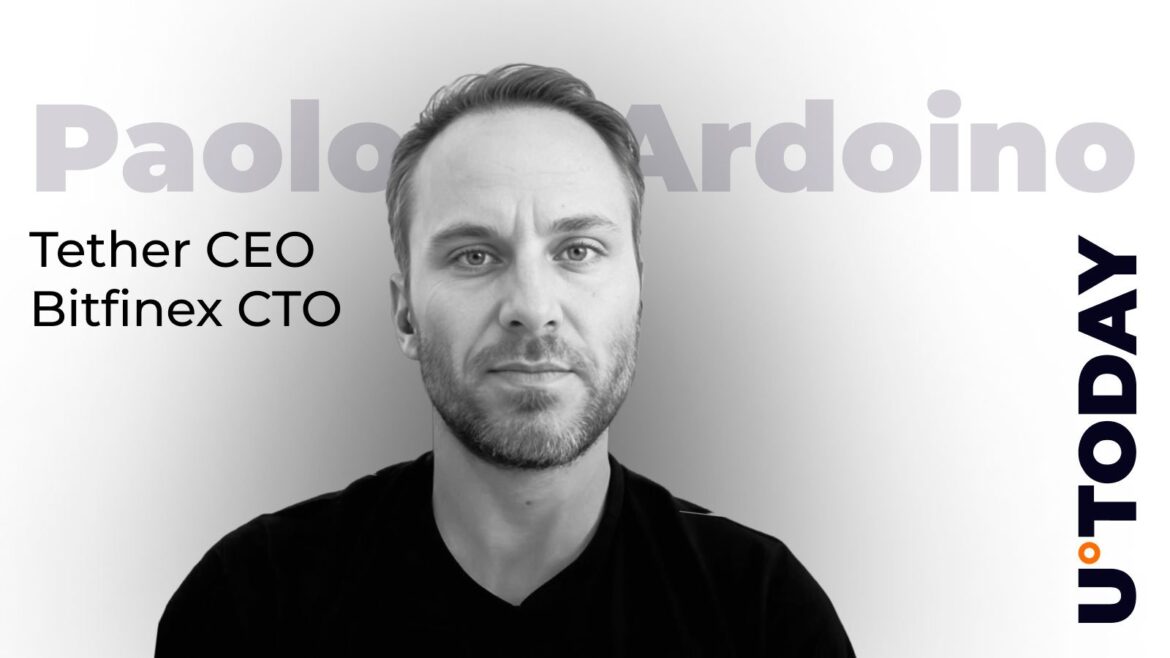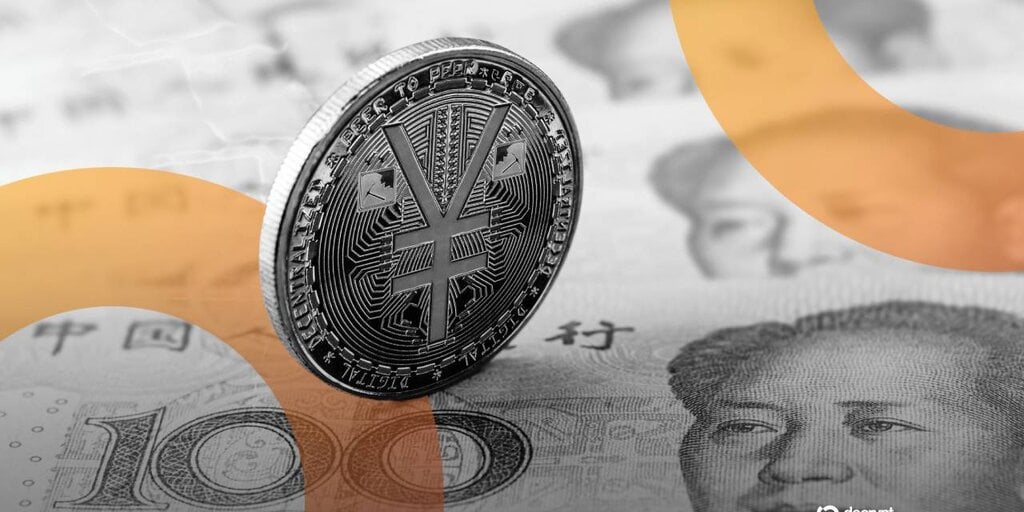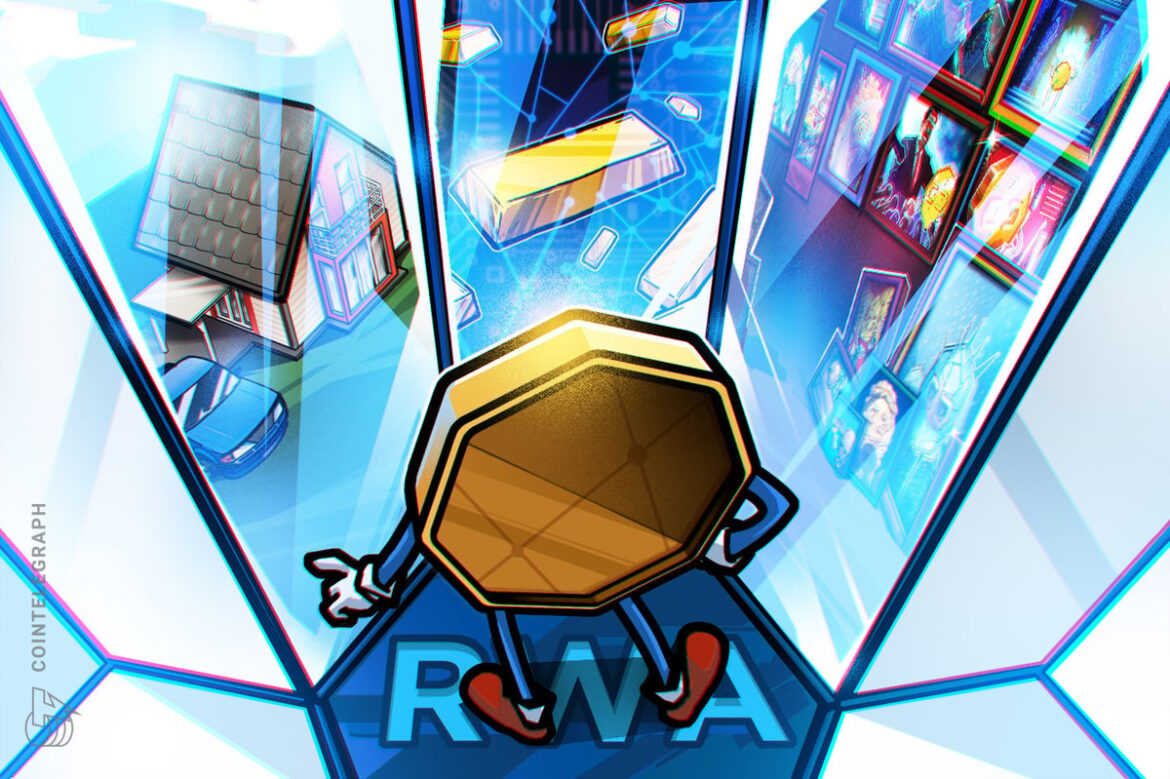Trusted Editorial content, reviewed by leading industry experts and seasoned editors. Ad Disclosure
A coalition of leading associations in the finance, tech, and digital sectors has written a letter to the UK government, urging it to include Distributed Ledger Technology (DLT) as a core strand of the UK-US Tech Bridge.
The US-UK Tech Bridge is a bilateral agreement between the two nations to collaborate and share resources on emerging innovations, technology, and digital policy.
It has been specifically designed to foster innovation through joint research and development while aligning policy and standards to set common rules and approaches for areas such as data governance, AI safety, and cybersecurity.
With Trump set to visit the UK from September 17-19, this letter comes at a crucial time as Britain looks to assert its dominance in the digital finance sector.
Read on as we uncover what the letter proposes and highlight the best altcoins we think could benefit from growing government crypto adoption.
What Does the Letter Recommend?
The signatories believe that DLT is a major driving force for the development of next-generation infrastructure and financial services, facilitating cheaper and faster payments, improving capital flows, and driving efficiencies and productivity.
The letter highlights two key sectors of DLT that the UK government must pay close attention to: tokenization and stablecoins.
The coalition stresses that this is a once-in-a-generation opportunity to create the world’s first transatlantic framework for DLT, with both the US and UK being major global economies of strategic importance.
While the UK handles nearly 40% of global FX turnover, the US is home to the world’s largest capital pool and the epicenter of digital asset innovation.
Both nations can leverage each other’s regulatory weight, financial heritage, and legal excellence to shape the rules of the digital economy. And if they don’t, then they’ll probably have to watch the Middle East and Asia take the lead.
Amid growing competitive pressure, the letter recommends forming a joint sandbox with political backing to seize the opportunities of new technology and cement Britain’s role as the world’s leading hub for digital finance innovation.
As the world’s top financial powerhouses pivot toward digital assets such as tokenized securities and stablecoins, it’s inevitable that the next few decades of global finance will be dominated by cryptocurrencies and the broader digital finance ecosystem.
This is why forward-looking investors are actively identifying promising cryptocurrencies. If you want to make the most of this global shift, here are some of the top cryptos you should add to your portfolio right now.
1. Bitcoin Hyper ($HYPER) – Revolutionary Layer 2 Bitcoin Solution with Better Speed and Scalability
There’s no doubt that Bitcoin is the most popular cryptocurrency in the world, with a market cap of $2.31T. However, it still struggles with slow speeds and can only process 7 transactions per second since it handles them one by one.
Enter Bitcoin Hyper ($HYPER), the first-ever Layer 2 solution built on the Bitcoin blockchain.
$HYPER, with its Solana Virtual Machine (SVM) integration, enables parallel transaction processing, where multiple transactions can be processed simultaneously as long as they’re not related to each other.
This drastically increases throughput and speed while reducing transaction costs.
The SVM integration also allows developers to execute smart contracts and build dApps directly on the Bitcoin blockchain, opening the doors to Web3 and DeFi participation.
At the core of this utility is a non-custodial, decentralized canonical bridge that locks up your L1 Bitcoin tokens to mint an equivalent amount of L2-compatible Bitcoin.
These L2 tokens can be used across Web3, NFT platforms, lending, staking, and more. Once you’re done, the same bridge can be used to convert your L2 tokens back to traditional Bitcoin.
This utility-driven approach has made the $HYPER presale a huge success, raising $15.5M so far. Each token is currently priced at just $0.012905.
According to our $HYPER price prediction, the token could hit $0.32 in 2025, offering a massive 2,300% return from current levels.
If you’re wondering how to become part of this journey, here’s a step-by-step guide on how to buy $HYPER.
Visit Bitcoin Hyper’s official website to learn how it will crank up BTC’s real-world utility.
2. SUBBD Token ($SUBBD) – Crypto-Run Content Creation Platform Offering a Host of AI Tools
SUBBD Token ($SUBBD) powers a revolutionary content creation platform that aims to transform the $85B content creation industry.
Right now, creators have to give up as much as 70% of their revenue in platform fees. Plus, there’s always the lingering threat of arbitrary bans and account suspensions.
Enter SUBBD, which charges only a fraction of creator revenue as fees while also offering a host of AI tools.
For instance, it provides AI text generators, AI photo and video tools for striking visuals, and AI audio generators to help creators build engaging content without wasting time.
This allows creators to focus more on engaging with their audience and forming loyal fan bases through direct interaction.
Holding $SUBBD also comes with a range of benefits. You can use it to unlock exclusive content, request custom creations, and tip your favorite creators.
One of the standout features of SUBBD is its flat 20% staking return for the first year, giving you assured passive income.
What’s more, staking also unlocks added perks, such as exclusive behind-the-scenes content and creator livestreams.
The $SUBBD presale has already raised $1.13M. Each token is currently priced at $0.056425, and as per our $SUBBD price prediction, it could hit $0.301 by the end of 2025 – a 400% return in just a few months.
Here’s our detailed guide on how to buy $SUBBD before the next price increase.
Visit SUBBD Token’s official website to learn more about how it’s blending crypto, AI, and content.
3. MemeCore ($M) – A Participatory Project Rewarding Each Network Contribution
MemeCore ($M) is a Layer 1 ‘meme chain’ that aims to transform the best meme coins from hype-driven digital currencies into culturally relevant, utility-rich assets through governance, on-chain activity, and virality.
MemeCore rewards every form of participation – whether it’s trading, staking, creating, or validating on the blockchain – since it believes each contribution is critical to strengthening the network’s growth.
The project’s goal is to build a participatory economy where every action is measured, verified, and rewarded. This creates a value-generating ecosystem that’s sustainable in the long run.
$M has surged more than 250% since the start of September and around 37% in the last seven days.
It crossed the $1 landmark for the first time on September 4 and is now trading at around $2.37, with strong support at $1.80.
With a market cap of $2.46B, MemeCore is now among the top 50 cryptocurrencies in the world. As interest in $M continues to grow, the token could set fresh all-time highs in the coming weeks.
Quick recap: with the world’s leading finance institutions now viewing stablecoins and tokenized securities as the future of finance, the stage is set for low-cap, high-upside altcoins like Bitcoin Hyper ($HYPER), SUBBD Token ($SUBBD), and MemeCore ($M) to churn out potentially life-changing gains.
Disclaimer: Crypto investments are highly risky. This article is not financial advice, so kindly do your own research before investing.
Authored by Krishi Chowdhary, Bitcoinist — https://bitcoinist.com/best-altcoins-to-buy-as-uk-us-tech-bridge-eyes-digital-assets
Editorial Process for bitcoinist is centered on delivering thoroughly researched, accurate, and unbiased content. We uphold strict sourcing standards, and each page undergoes diligent review by our team of top technology experts and seasoned editors. This process ensures the integrity, relevance, and value of our content for our readers.

